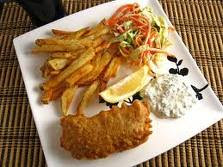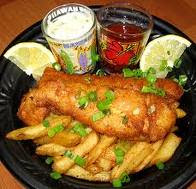Such claims are prohibited by international marketing standards.

Babies fed on baby milk are more likely to become sick than breastfed babies and, in conditions of poverty, more likely to die.
Take ONE MINUTE to send an email to Nestlé asking it to remove its logos and claims from labels.

Whole Cow Milk does not contain enough nutrients, vitamins or minerals to adequately and properly sustain an infant's growth. Babies should receive breast milk and/or formula as their main source of "drink" until they are 12 months of age.

“Infants fed whole cow's milk receive inadequate amounts of Vitamin E, iron, essential fatty acids, and excessive amounts of protein, sodium, and potassium. These levels may be too high for the infant's system to handle."
Indeed, prior to the age of 1 year old, consumption of a lot of dairy products may put baby at risk for iron deficient anemia. Milk impedes the proper absorption of iron and iron is one thing that an infant can not afford to have cut down or cut out of the diet. Additionally, whole cow's milk protein and fat are more difficult for an infant to digest and absorb.

"The most dramatic effects are on iron levels in the body.Recent studies show infants often have depleted levels when started on cow's milk at six months of age." MerckSource Dairy Facts - Infants,















































